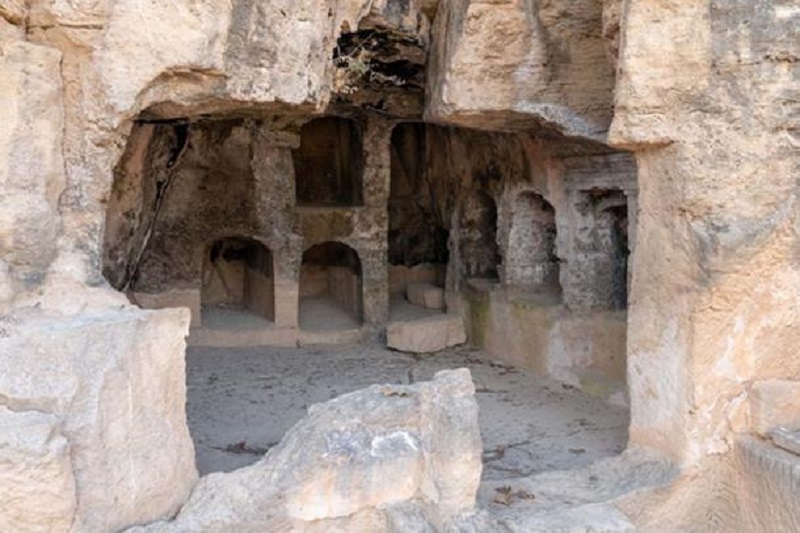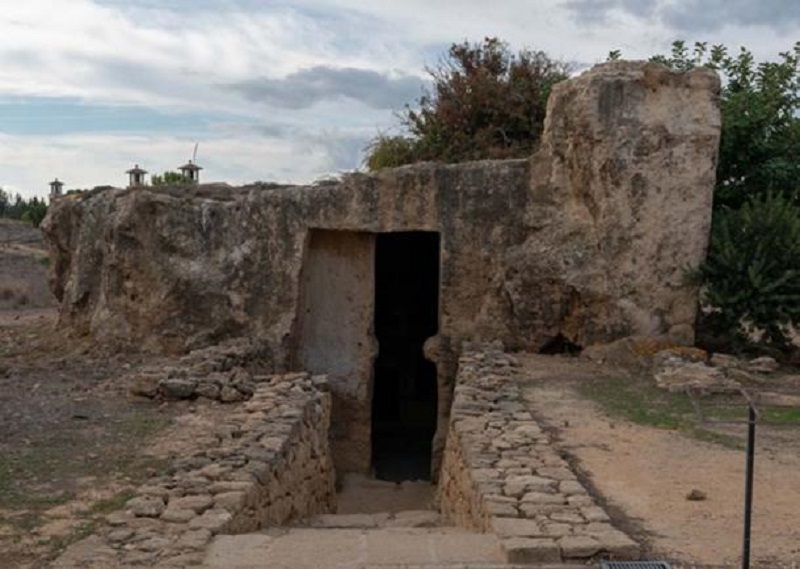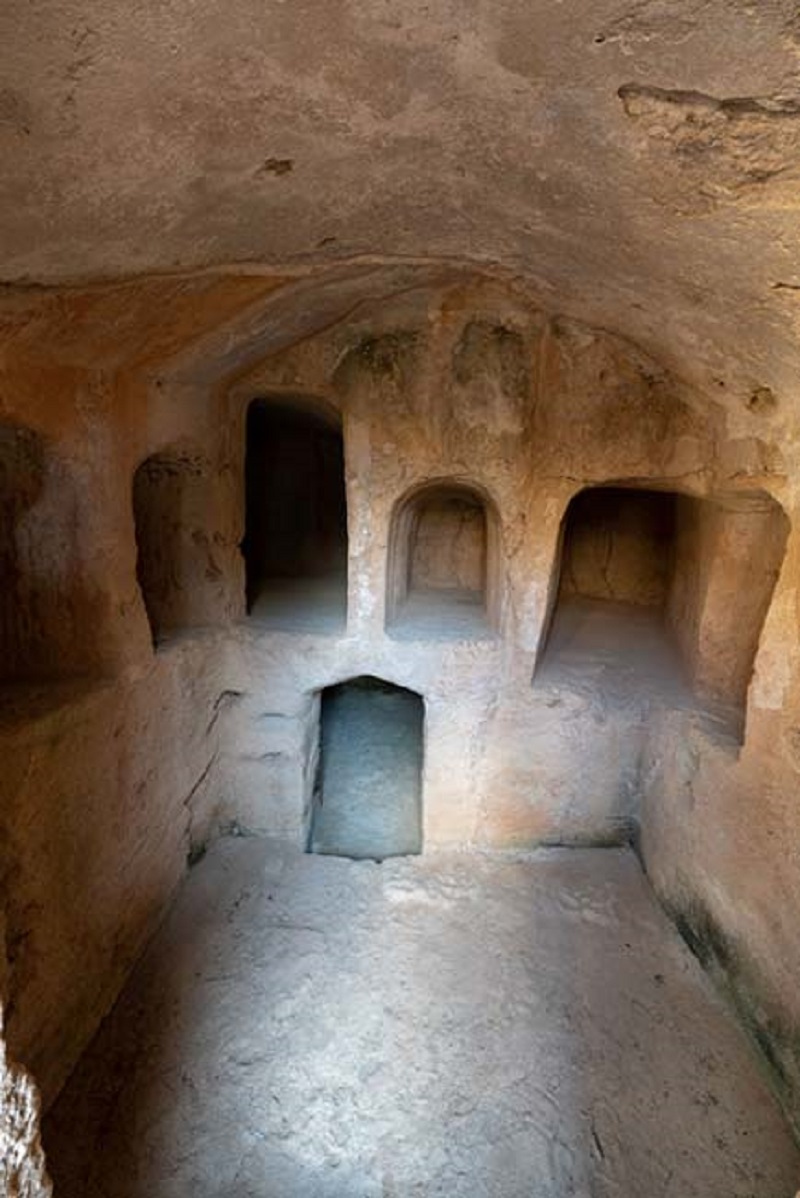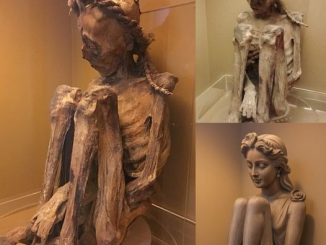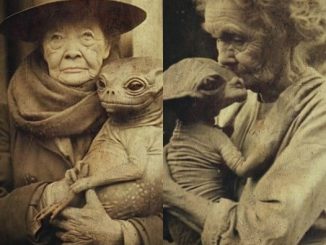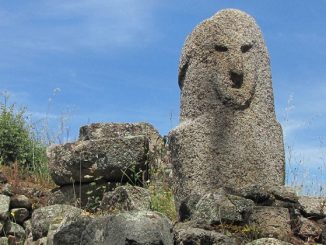The Tombs of the Kings is an awe-inspiring archaeological site located in the Paphos District of Cyprus. This site is a 2,400-year-old necropolis carved into giant rocks. It was so large that 19th-century visitors believed it was the ruins of an ancient castle or city. Although no kings are buried there – the tombs belong to the nobles who ruled the island – its name was inspired by the sheer grandeur and majesty of the tombs.
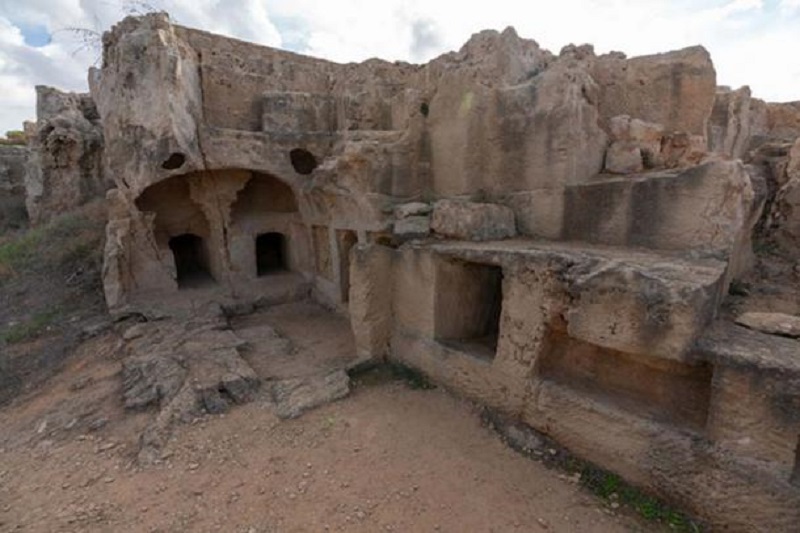
When 19th-century visitors came to the Tombs of the Kings, they first thought it was the ruins of a castle or city.
Ancient city of Nea Paphos
The Tombs of the Kings are associated with the ancient city of Nea Paphos, founded by Nikocles, the last king of Palaeopaphos, in 320 BC. At the end of the 4th century BC, Cyprus became part of the Ptolemaic Kingdom and under Ptolemaic rule, Nea Paphos became an important city. With its copper mines, wheat fields, olive groves and vineyards, Cyprus was an oasis that was thoroughly exploited by the Ptolemies.
In 312 BC, when the town of Marion was destroyed by Ptolemy I Soter, its inhabitants moved to Nea Paphos. Additionally, the city replaced Salamis as the island’s capital, partly because of its good harbor and easy access to Alexandria, the Ptolemaic capital. In fact, Nea Paphos and Alexandria are located opposite each other.

Aerial photo shows some of the complexes at the site of the Tombs of the Kings in Paphos.
Foreign elites rule the island
The administration of Cyprus was in the hands of a non-Cypriot strategos (governor) appointed by the Ptolemies. This official also served as commander-in-chief, high priest and admiral of the island’s fleet and ruled from Nea-Paphos. Since they were not from the island, the ruling elite brought with them their own funeral customs, which are clearly shown in the Tombs of the Kings. It is estimated that about 100 of these elite people were buried in the cemetery.
The large complex at the Tombs of the Kings has many single-room burial spaces carved into the rock.
Housing for the dead
In general, the tombs at the site resembled houses for the living, in keeping with the Egyptian traditions prevalent at the time. However, the tombs spread over a large area come in many different shapes and sizes – some designed for just one body, others large enough to hold twenty. Some of them are very simple, consisting of a niche cut into the rock or tombs with one or two chambers. On the other hand, other tombs are much more elaborate and it is these tombs that have contributed to this necropolis being known as the Tombs of the Kings. Tombs 3, 4 and 5 are examples of colonnaded tombs. These are tombs with skylights surrounded by columns, simulating houses for people to live in. Since they are underground, the tombs can be reached by stairs.
The Spaniard Don Domingo Badia -Y – Leyblich, who was known as Ali Bey, described his impressions when he visited Cyprus in 1806:
“Some of these buildings give the impression of palaces, with courtyards, corridors, columns, pillars and every conceivable type. architectural features, all carved from natural stone. The observer can only praise the creators of such a work.”
The tomb has a wide entrance carved into solid rock, and has a spacious interior that can accommodate many bodies.
The mausoleum complex has decorative carvings above some of the burial spaces.
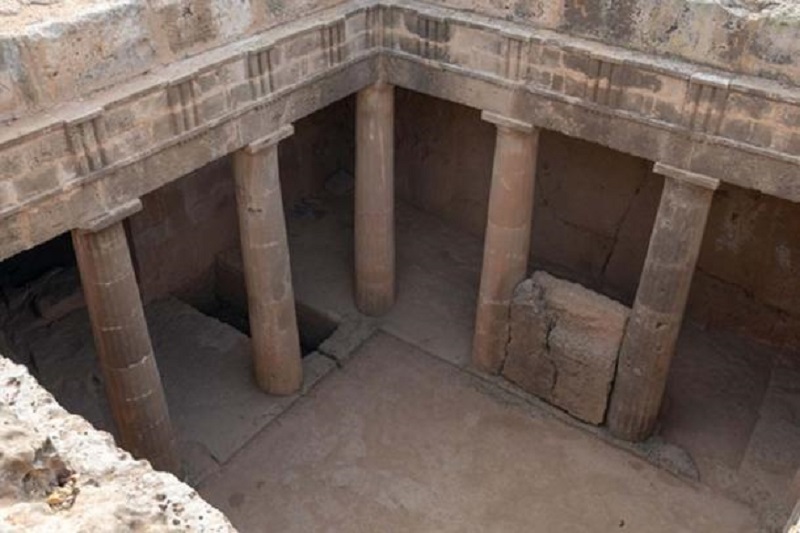
Colonnaded mausoleum complex at the Tombs of the Kings.
First excavations
The oldest modern account of the Tombs of the Kings was written by Richard Pockocke, an Englishman who visited Cyprus in 1783. Although later visitors described, sketched and photographed the tombs , but the first archaeological excavation was conducted in 1870 by Luigi Palma di Cesnola, the Italian-American consul in Cyprus. However, the first excavation under scientific supervision was carried out by Menelaos Markides, curator of the Cyprus Museum, in 1915. In the following decades, several excavations were carried out that contributed greatly depends on understanding this place.
For example, excavations have revealed the chronology of the cemetery’s use. Thanks to finds from the site, such as coins and ceramic vases, have allowed archaeologists to date the Tomb of the Kings to the Ptolemaic period. It was also discovered that during the Roman period some tombs were reused. Some graves were emptied so that new bodies could be placed in them, while others were altered. However, later, during the Middle Ages, some of the larger tombs were inhabited by living people.
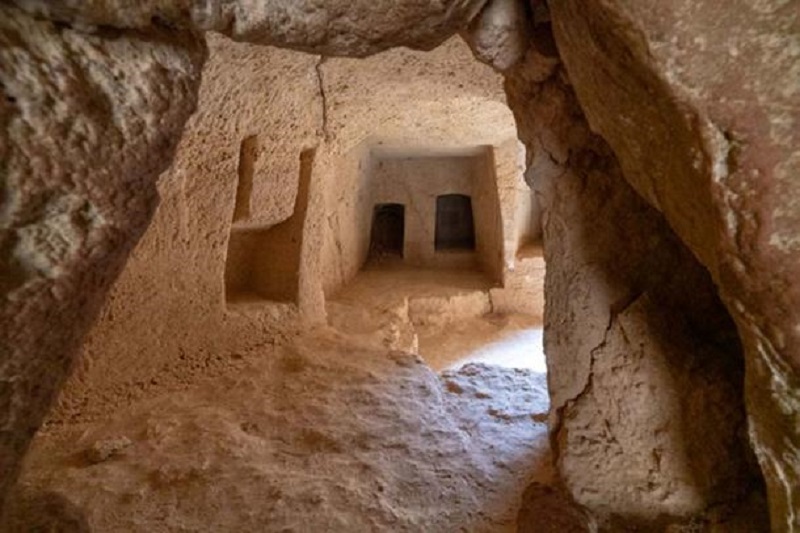
Burial chamber at the Tombs of the Kings.
Large underground complex with multiple single-chamber burial spaces.
Some history is lost but significance is recognized
Although archeology has helped us better understand the Tombs of the Kings, some information about this cemetery has been lost over time. For example, it is speculated that the dead were buried with expensive grave goods, even though these items had previously been taken by grave robbers. Additionally, due to the humidity and location near the sea, the bodies buried in the cemetery were not preserved.
The importance of the Tombs of the Kings in Cypriot history is evident in the fact that when Paphos was declared a World Heritage Site in 1980, it also included the necropolis.
